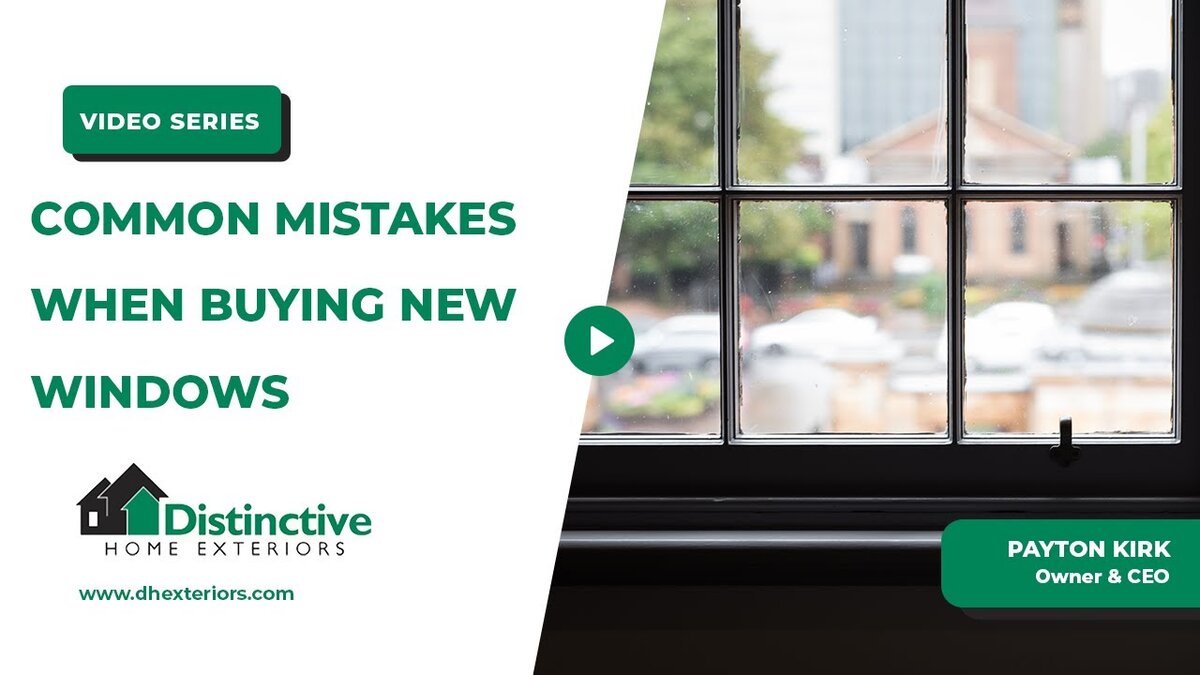Imagine peeling back the walls of your home only to find that much of your expensive, conditioned air is escaping through gaps you never knew existed. This is a reality for many homeowners, and it highlights a frequently overlooked ally in energy efficiency: your home’s siding. Yes, beyond just boosting curb appeal, a new siding can significantly influence your home’s temperature control. But how exactly does this work? Let’s explore the practical benefits of upgrading your home’s exterior.
So, can new siding reduce heating and cooling costs?
Technically, yes—new siding can reduce heating and cooling costs, but the effectiveness largely depends on the specific siding’s insulation properties, or R-value. The R-value measures the material’s ability to resist heat flow, with higher values indicating better insulation properties. However, it’s important to note that most standard siding options do not come with significant R-values unless they have some form of insulation integrated into the product.
Insulation Options for Different Siding Types
Most siding materials such as hardboard, fiber cement (like Hardie siding), and metal typically come without significant insulative properties. For these materials, the inherent R-value is minimal, and they rarely include an attached insulative product. Meanwhile, foam-backed vinyl siding is an exception, as it includes factory-applied insulation that enhances its R-value, helping to improve the overall thermal efficiency of your home.
Improving Insulation with Aftermarket Products
For siding options that lack built-in insulation, homeowners can enhance their home’s insulation in various ways:
- Fanfold Insulation: A thin layer of foam placed beneath the new siding to increase the wall’s R-value.
- Drop-In Insulation Products: In the vinyl siding sector, these products are designed to fill the gaps in hollow-backed vinyl, adding insulation where none was previously applied.
Construction Issues and Energy Loss
How to Address Energy Loss with Improved Construction Practices
A significant factor in a home’s energy efficiency is the quality of construction. In many cases, especially in older homes or those built with cost-saving measures in mind, there are substantial gaps in insulation:
- Lack of Insulation and House Wrap: It’s not uncommon to find that there is no insulation between the studs or no house wrap beneath the siding, which leads to considerable energy losses.
How to Enhance Sealing and Insulation with Zip Tape
One effective method to enhance a home’s sealing and insulation without directly altering the siding is the use of zip tape:
- Sealing Gaps: Zip tape is applied around all window and door openings, which are common points for air leaks. This helps in creating a more airtight envelope, reducing the amount of air infiltration.
- Double Layering Protection: Zip tape provides a first layer of protection that is complemented by a house wrap tape. This double layering is crucial for preventing both moisture and air from penetrating the building envelope, which can significantly impact heating and cooling efficiency.
In Summary
In conclusion, while new siding alone may not always have a high R-value necessary for significant energy savings, combining it with proper installation techniques and additional insulative products can lead to noticeable improvements in your home’s energy efficiency. Making informed choices about siding materials and enhancements can thus not only enhance the aesthetic appeal of your home but also contribute to a more comfortable and cost-effective living environment.
For expert advice, quality installation, and personalized solutions, contact us today.





